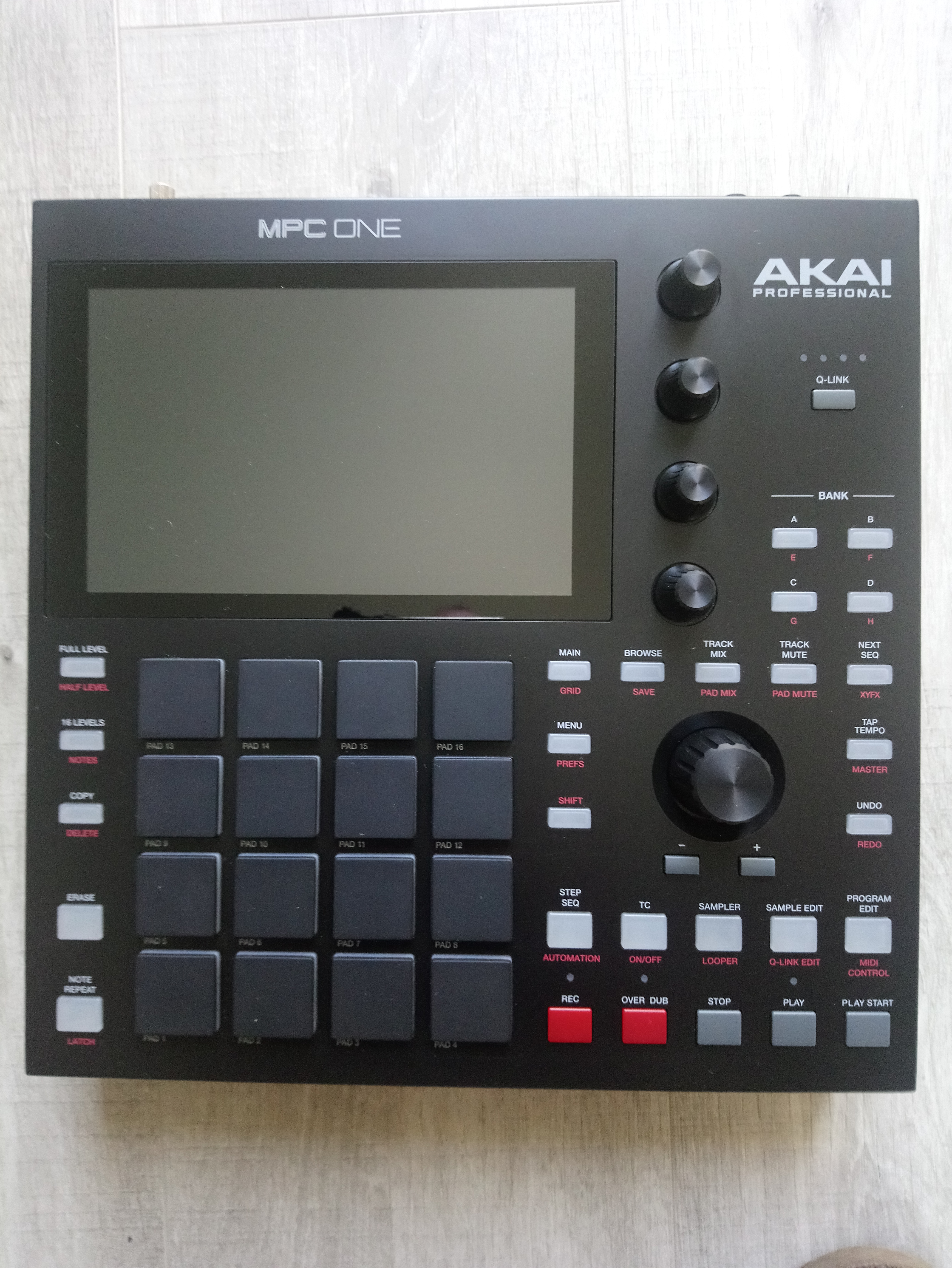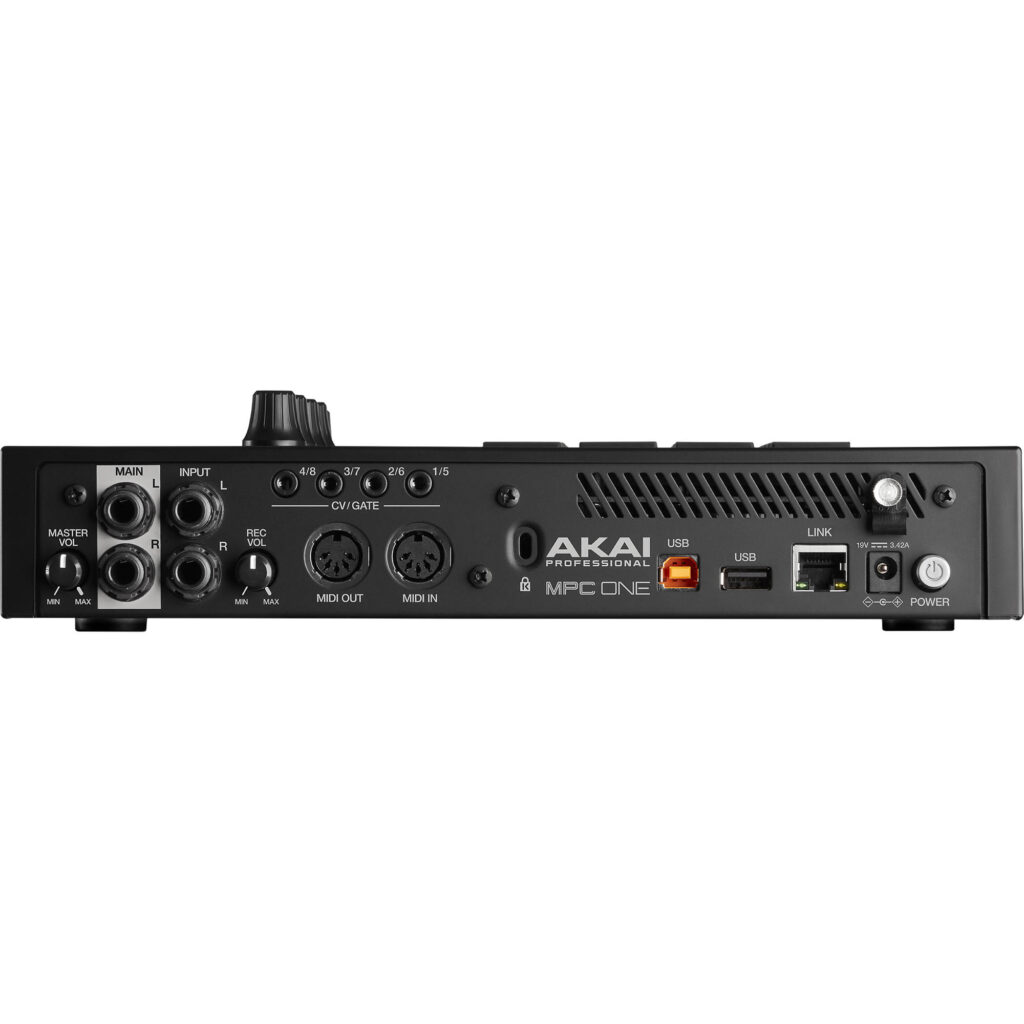

To recap, the current generation of stand-alone MPCs are multitrack workstations that offer sample-based drum kits and instruments, loop launchers, audio tracks, internal synths and MIDI/CV sequencing. I was disappointed that there's no internal battery power, which is such a compelling feature of the Live. Audio I/O is basic stereo, Wi-Fi and Bluetooth are absent, and there are fewer storage options.

The One could be seen as a compromise of the two: it's very compact, in fact smaller and lighter than the Live, but crams in many more dedicated function and mode buttons (and some CV connections) like the X.Īll the core MPC features are present on the One, but a number of economies have been made to hit that new price and size. The chunky, top-of-the-range X is intended as a studio centrepiece, while the Live is all about portability. Rather, each model suits particular needs. While the One extends the MPCs into a lower price bracket, the range doesn't really follow the traditional Good, Better, Best template for a product range. It also comes just a few months after Native Instruments didn't release a stand-alone Maschine, as had been anticipated, at a time when more and more people are looking to enjoy music production outside of their laptop. The appeal may also be that it looks like a traditional MPC such as the classic 2000. It mainly repackages existing elements from the established MPC Live and X, but at a more affordable price. The MPC One seems to have triggered a swell of new interest in the MPC. The MPC One offers the most affordable way into the latest generation of Akai's celebrated sampling workstation.


 0 kommentar(er)
0 kommentar(er)
